It can be fun to breed your own zinnias - Part 10
zen_man
15 years ago
Related Stories
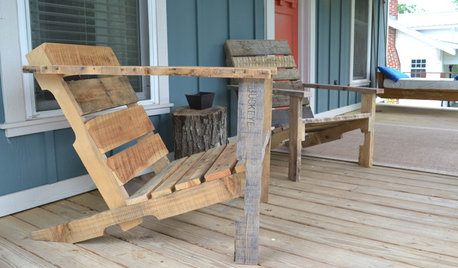
WOODWORKINGBuild Your Own Wooden Deck Chair From a Pallet — for $10!
Take the ecofriendly high road with a low-cost outdoor chair you make yourself
Full Story
GARDENING GUIDES10 Tips to Start a Garden — Can-Do Ideas for Beginners
Green up your landscape even if you're short on time, money and knowledge, with these manageable steps for first-time gardeners
Full Story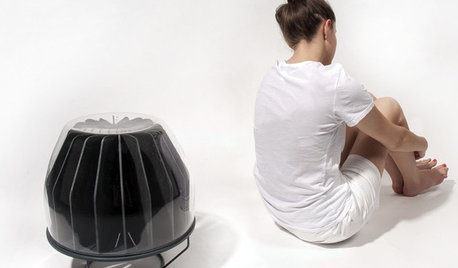
GREEN DECORATINGA New Breed of Space Heaters Helps You Stay Toasty in Style
Shiver no more with style-conscious heaters that let you turn down the thermostat and snuggle up in warmth
Full Story
TRANSITIONAL HOMESHouzz Tour: Part Traditional, Part Modern and All Family Friendly
With clean lines, vintage touches and durable surfaces everywhere, this Los Angeles home balances tastes and needs beautifully
Full Story
MOST POPULAR9 Real Ways You Can Help After a House Fire
Suggestions from someone who lost her home to fire — and experienced the staggering generosity of community
Full Story
HOLIDAYS10 Ways Your Christmas Tree Can Live On After the Holidays
Learn how to recycle your Christmas tree and reap benefits for the environment
Full Story
MORE ROOMSGetting the Room Right: Part II
Great spaces show how to avoid the Top 10 decorating mistakes
Full Story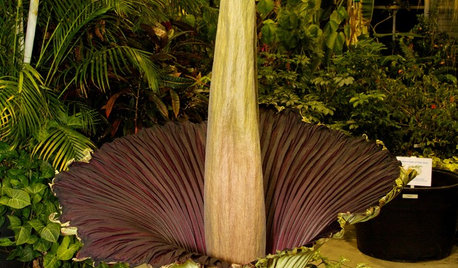
FUN HOUZZSmell This Shocking Flower at Your Own Risk
Don't say we didn't warn you: The foul scent of the rare and incredible corpse flower may knock your socks off
Full Story
DECORATING GUIDES10 Ways to Bring Palm Beach Fun to Your Pad
Kick it up at home with palm-leaf motifs, splashes of aqua and citrus hues, and decorating touches with a little wink
Full Story
HOUZZ TVHouzz TV: This Dream Midcentury Home in a Forest Even Has Its Own Train
Original wood ceilings, a cool layout and, yes, a quarter-scale train persuaded these homeowners to take a chance on a run-down property
Full Story


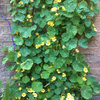
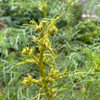

jackier_gardener
atenkley
Related Discussions
It can be fun to breed your own zinnias - Part 20
Q
It can be fun to breed your own zinnias - Part 25
Q
It can be fun to breed your own zinnias - Part 8
Q
It can be fun to breed your own zinnias - Part 44
Q
zen_manOriginal Author
zen_manOriginal Author
hetigima2
holtzclaw
zen_manOriginal Author
jackier_gardener
davemichigan
zen_manOriginal Author
jackier_gardener
davemichigan
holtzclaw
zen_manOriginal Author
davemichigan
zen_manOriginal Author
holtzclaw
davemichigan
jackier_gardener
davemichigan
atenkley
zen_manOriginal Author
jackier_gardener
jackier_gardener
davemichigan
holtzclaw
zen_manOriginal Author
jackier_gardener
atenkley
zen_manOriginal Author
atenkley
jackier_gardener
holtzclaw
jackier_gardener
davemichigan
atenkley
zen_manOriginal Author
zen_manOriginal Author
jackier_gardener
jackier_gardener
zen_manOriginal Author
atenkley
holtzclaw
zen_manOriginal Author
jackier_gardener
zen_manOriginal Author
jackier_gardener
holtzclaw
jackier_gardener
zen_manOriginal Author